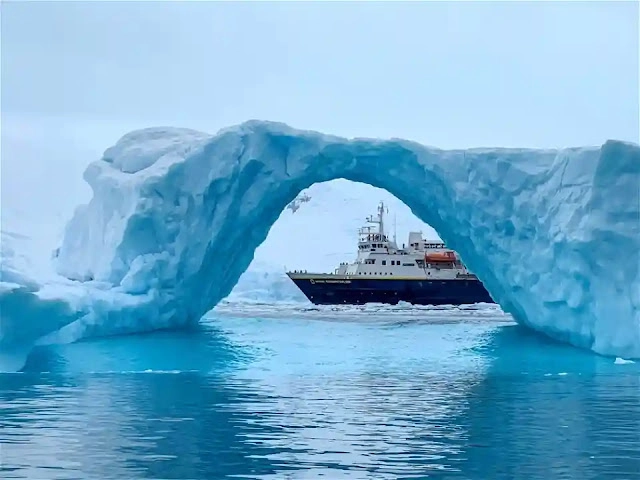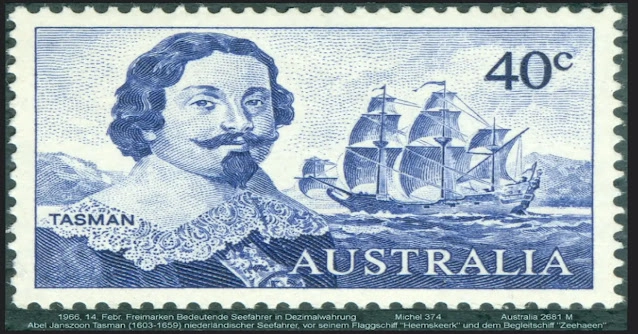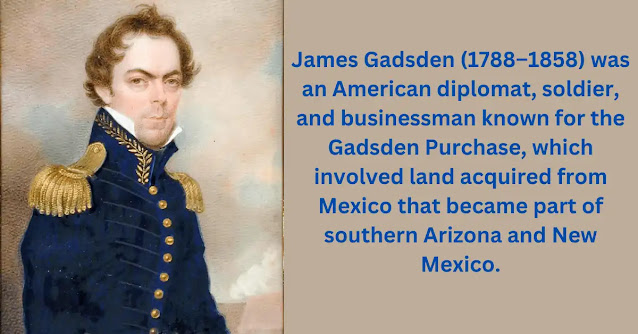Christopher Columbus and the Discovery of America
In the pages of history, there are few moments as monumental as Christopher Columbus’s 1492 journey to the New World. On October 28, 1492, during his initial expedition to the Americas, he landed in Cuba, marking a significant milestone in European exploration and the forging of connections between the Old World and the New World.
Christopher Columbus, a Genoese explorer, was commissioned by the Spanish monarchy to seek a new trade route to Asia, and his historic voyage in 1492 inadvertently led to the discovery of the Americas, forever changing the course of world history. This article delves into Columbus’s journey, the impact of his discovery, and the subsequent consequences that shaped the world.
💻 Table of Contents:
- The Age of Exploration: Europe’s Quest for Wealth, Knowledge and Power
- The Background and Motivation of Christopher Columbus
- Columbus’s Arrival in the Americas
- Columbus’s Second Voyage: Settling and Struggles in the New World
- Impact and Consequences
- Columbus’s Later Life and Legacy
The Age of Exploration: Europe’s Quest for Wealth, Knowledge, and Power
During the 14th and 15th centuries, several main causes fueled European exploration and the search for new sea routes. Firstly, Europeans wanted direct access to valuable goods from the East like spices, silk, and precious metals. The existing land routes controlled by the Ottoman Empire were expensive and challenging, so they sought new sea routes instead.
 |
| First Invasion of the Americas by Christopher Columbus |
Secondly, advances in navigation technology, such as better maps, improved ships, and tools like the astrolabe and compass, made it possible to explore unknown waters. Finally, competition among European nations, curiosity, and a thirst for knowledge motivated them to explore and discover new lands. These factors led to the Age of Exploration, expanding European influence worldwide.
The Background and Motivation of Christopher Columbus:
Born in the Italian city of Genoa in 1451, Christopher Columbus hailed from a family involved in the wool trade. When he was young, he started working on ships and became a skilled sailor when he was in his twenties.
Genoa was a powerful city in Italy. It had a strong navy and was famous for trading. They traded with places in the East and the Mediterranean, which made them very rich and important.
Columbus had a big dream. He wanted to find a new way to reach India, China, Japan, and the Spice Islands. If he could do this, he could bring back valuable things like silk and spices. Columbus knew that the Earth was round, and he had an idea. Instead of going east, like other explorers who went around Africa, he wanted to go west to reach these places.
He wanted to find a new sea route from Europe to Asia. He had two main reasons for this: he wanted to spread Christianity, and he wanted to become famous and rich.
 |
| Columbus’ first voyage 1492–93 |
In 1476, Columbus moved to Lisbon, Portugal. For many years, he tried to get support for his plan to find a new way to reach the Far East. Finally, King Ferdinand and Queen Isabella of Spain agreed to give him the money he needed for his journey.
Christopher Columbus was driven by a desire to find a western route to Asia, bypassing the arduous and dangerous journey around Africa. Supported by Queen Isabella of Spain, Columbus embarked on his voyage with three ships—the Niña, the Pinta, and the Santa Maria. On August 3, 1492, he departed from Palos de la Frontera in Spain, venturing into uncharted waters.
Columbus’s Arrival in the Americas:
After spending weeks sailing across the sea, Christopher Columbus and his crews reached their first stop in the Americas, an island in what is now the Bahamas. Columbus named this island San Salvador, which means “Holy Savior” in Spanish.
This significant event took place on October 12, 1492, during Columbus’s initial voyage across the Atlantic Ocean, supported by the Spanish monarchs, Ferdinand and Isabella. And that event provided the earliest documented meet between Europe and the Americas.
Columbus thought he had arrived at the eastern coast of Asia, but in reality, he had reached the
Caribbean region. This was when Europeans first started to explore and settlement in the Americas. In the months that followed, Columbus explored nearby islands, such as Cuba and Hispaniola (present-day Dominican Republic and Haiti).
 |
| Christopher Columbus, surrounded by a crowd of people |
Despite his misunderstanding, Columbus had unintentionally stumbled upon the Americas, or what we now call the New World. He returned to Spain in 1493, believing he had reached the eastern coast of Asia.
💻 You May Also Like:
- Brazil’s Political Legacy: A Journey from Colony to Republic
- The Alaska Purchase: From Russian Territory to American State
- Mongol conquest of China: And Tourist Blogger Marco Polo
Columbus’s Second Voyage: Settling and Struggles in the New World
In 1493, Christopher Columbus embarked on his second voyage to the Americas. He had 17 ships and around 1,500 men, including sailors, soldiers, priests, and various skilled workers. During this journey, they explored several islands in the Caribbean, like Dominica, Marie-Galante (now part of Guadeloupe), Montserrat, Antigua, Saint Martin, and the Virgin Islands.
Columbus returned to Hispaniola in November 1493 to find that the fort he had left during his first voyage was in ruins, destroyed by the Taínos after some of the Spaniards behaved badly. He established a new settlement called La Isabela in the Dominican Republic.
Over the next year, Columbus explored Cuba and Jamaica, but disease and famine took a heavy toll on the Spanish settlers, with many losing their lives. Columbus implemented a harsh labor system called encomienda and used severe punishments, including execution and dismemberment, against the colonists and enslaved the indigenous people.
 |
| Columbus in front of Isabella and Ferdinand |
Thousands of indigenous people suffered greatly, and many took their own lives. In 1495, Columbus captured about 1,500 Arawaks in a slave raid, with 500 of the strongest being sent to Spain as slaves, and many died during the journey. The Spanish crown sent ships and supplies to Hispaniola later in 1495. Columbus’s second voyage ended in June 1496 when they returned to Spain, having faced hardships and controversies during their time in the Americas.
Third Voyage (1498-1500):
In 1498, Columbus embarked on his third voyage with the goal of finding a direct route to the Asian mainland. During this expedition, he explored the coast of South America, reaching as far as Trinidad and the mouth of the Orinoco River. Unfortunately, his ships sustained damage, leading him to return to Spain in 1500.
Fourth Voyage (1502-1504):
Columbus’s fourth and final voyage began in 1502. He sailed along the coasts of Central America, facing storms and hardships along the way. Columbus explored regions including present-day Honduras, Nicaragua, Costa Rica, and Panama before returning to Spain in 1504, concluding his series of sea voyages.
Impact and Consequences:
Columbus’s discovery of the Americas had profound and far-reaching consequences, with both positive and negative aspects. It initiated a period of European exploration, colonization, and the eventual establishment of European empires in the Americas. The encounter between the Old World and the New World had a profound effect on culture, trade, and the exchange of ideas.
 |
| Christopher Columbus illustration from Grand voyages |
Among the positive consequences was the Columbian Exchange, which facilitated the exchange of goods, plants, and animals between Europe and the Americas. This globalization of agriculture introduced new crops such as potatoes and tomatoes to Europe and enhanced international trade. Columbus’s voyages also spurred further exploration and colonization, resulting in the establishment of new colonies and trade networks.
However, the consequences were not uniformly positive. Columbus’s arrival brought significant suffering to indigenous populations through disease, forced labor, and the disruption of traditional ways of life. European colonization and exploitation in the Americas had devastating effects on indigenous cultures and led to the transatlantic slave trade, marking a dark chapter in history.
Columbus’s Later Life and Legacy:
As Christopher Columbus grew older, his religious devotion deepened. With the assistance of his son Diego and a monk named Gaspar Gorricio, Columbus authored two significant books. The first one, published in 1502 and titled the “Book of Privileges,” served as a detailed record of what Columbus believed the Spanish Crown owed to him and his family.
The second book, known as the “Book of Prophecies” and published in 1505, drew upon passages from the Bible to illustrate how his explorations were intertwined with Christian beliefs about the end of the world. On May 20, 1506, Christopher Columbus passed away in Valladolid, Spain, leaving behind a complex legacy that continues to shape our understanding of his historical significance.
Conclusion:
Christopher Columbus’s unintentional discovery of America in 1492 stands as a pivotal moment in world history. While his voyage ushered in an era of exploration, colonization, and globalization, it also brought immense suffering to indigenous populations. Understanding the complexities of this historical event is crucial, acknowledging both its positive and negative consequences. As we reflect on Columbus’s legacy, it is essential to recognize the diverse perspectives and lessons learned from this transformative chapter in human history.
Frequently Asked Questions
Christopher Columbus landed in Cuba on October 28, 1492, marking a significant milestone in European exploration and connecting the Old World with the New World.
The main causes included the desire for direct access to valuable Eastern goods, advancements in navigation technology, and competition among European nations, all of which fueled the Age of Exploration.
King Ferdinand and Queen Isabella of Spain funded Christopher Columbus's voyage after he sought support for his plan to find a new route to the Far East.
The first island Columbus reached in the Americas was in the Bahamas, which he named San Salvador, meaning “Holy Savior” in Spanish.
In 1502, Columbus wrote the “Book of Privileges,” which documented what he believed the Spanish Crown owed to him and his family.
Columbus's second book, titled the “Book of Prophecies” (1505), used biblical passages to connect his explorations to Christian beliefs about the end of the world. When did Christopher Columbus land in Cuba during his first expedition?
What were the main causes of European exploration during the 14th and 15th centuries?
Who funded Christopher Columbus's voyage to the New World?
What was the first island Columbus reached in the Americas?
What was the title of the book Columbus wrote in 1502
What was the title of Christopher Columbus's second book, and what was its focus?









